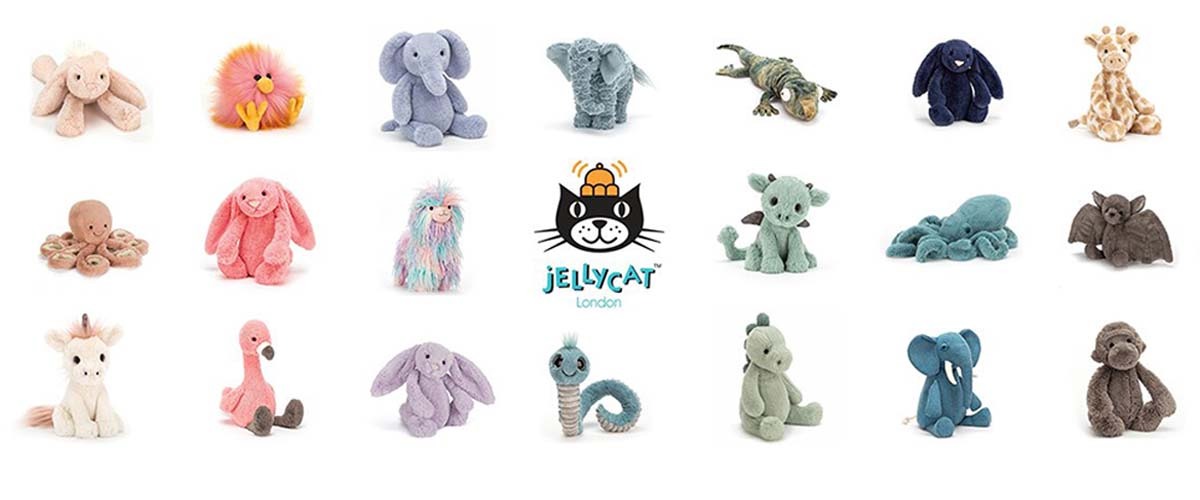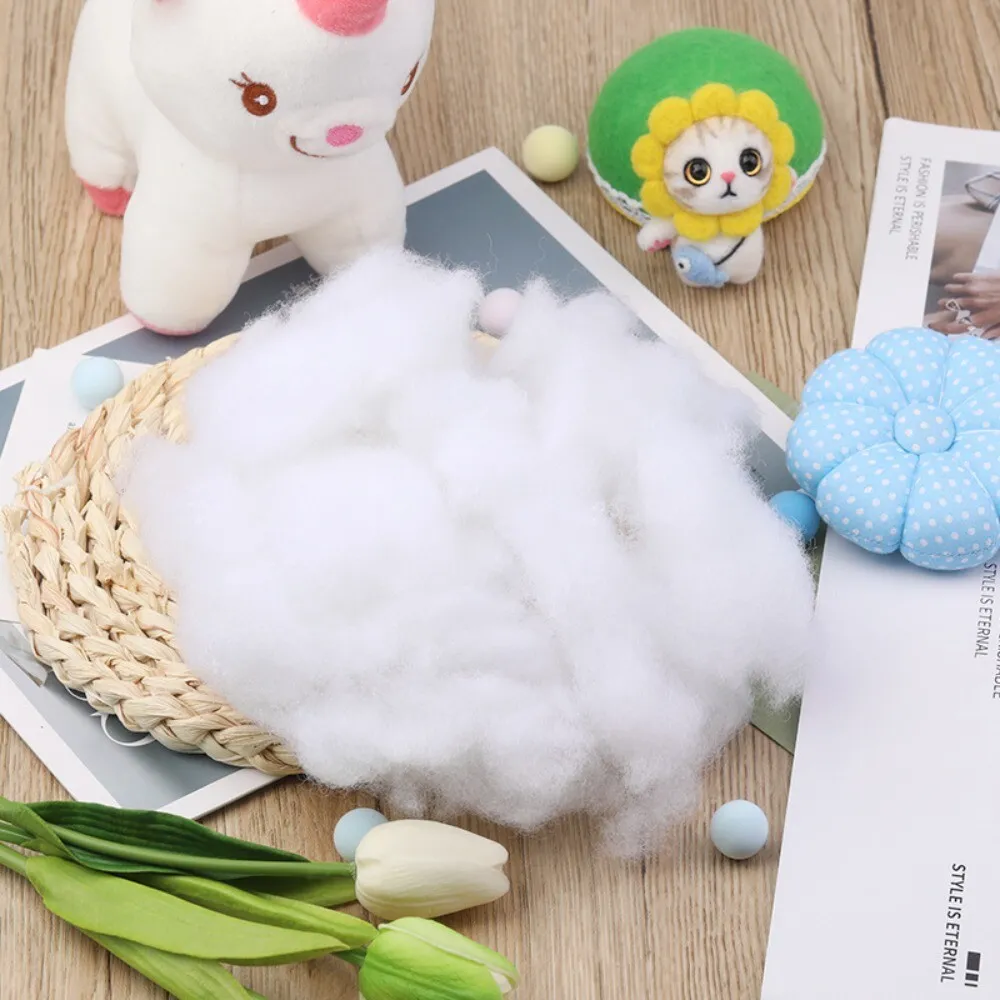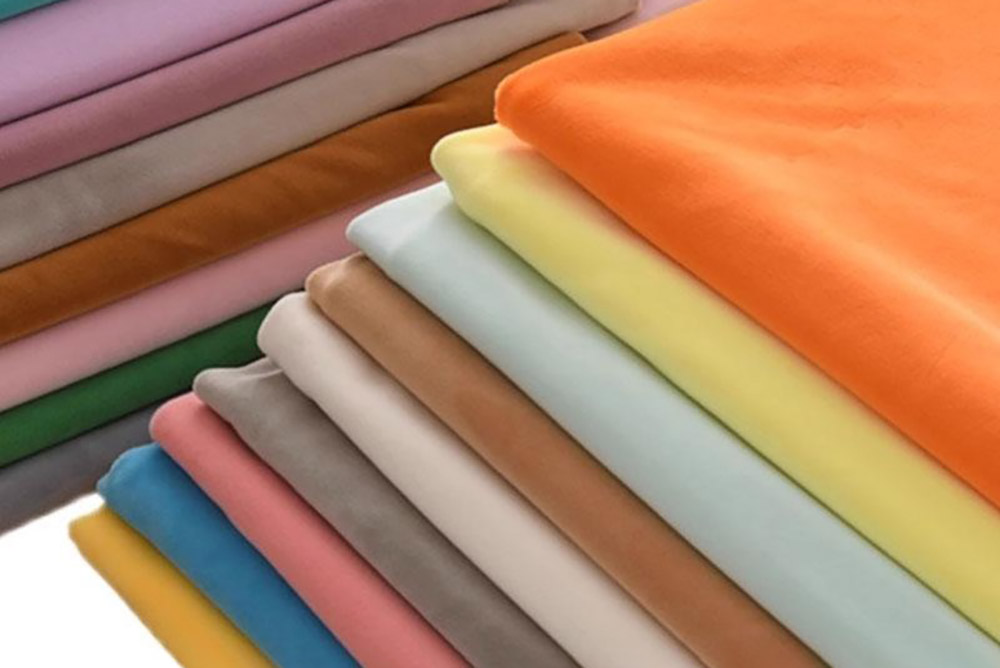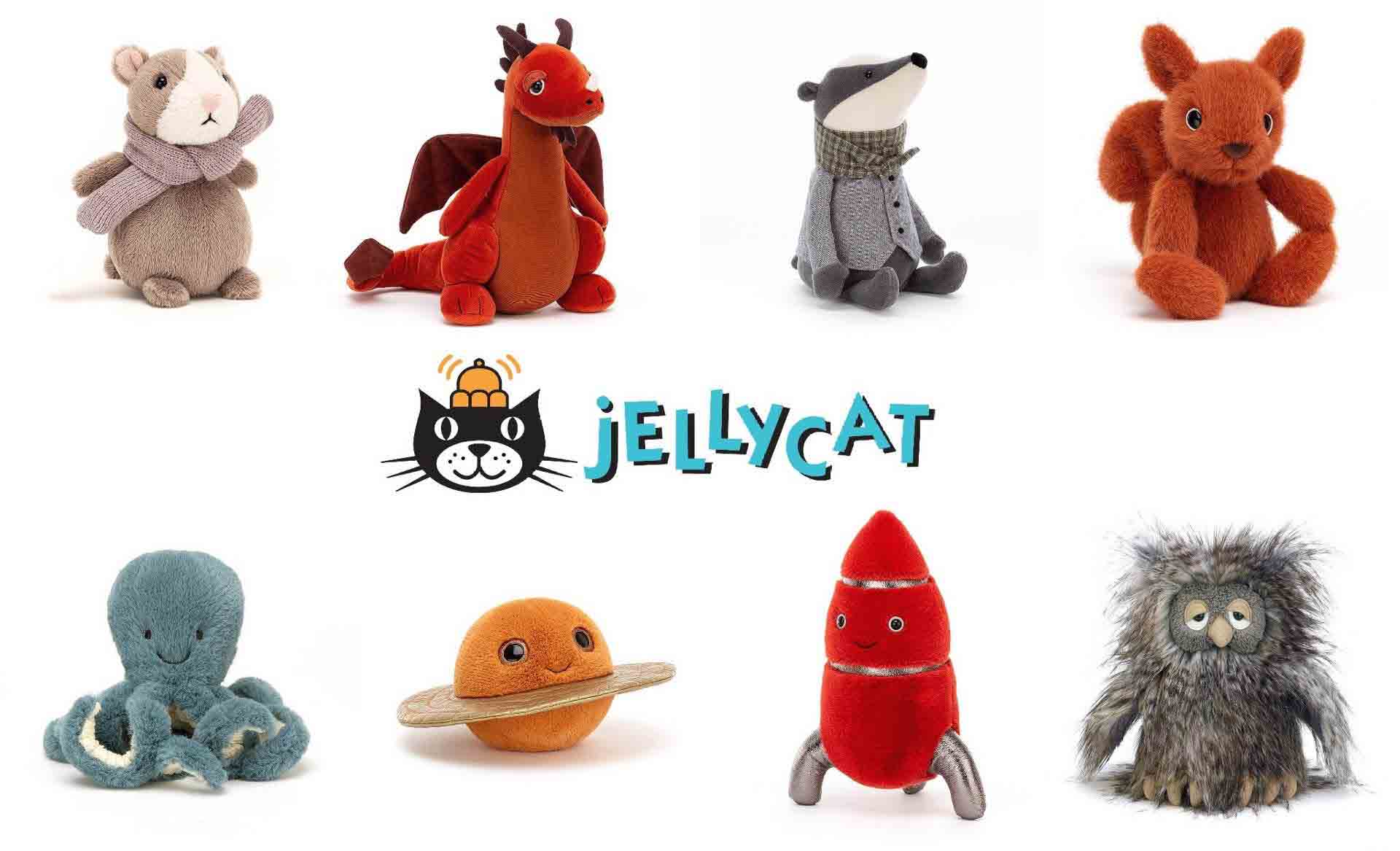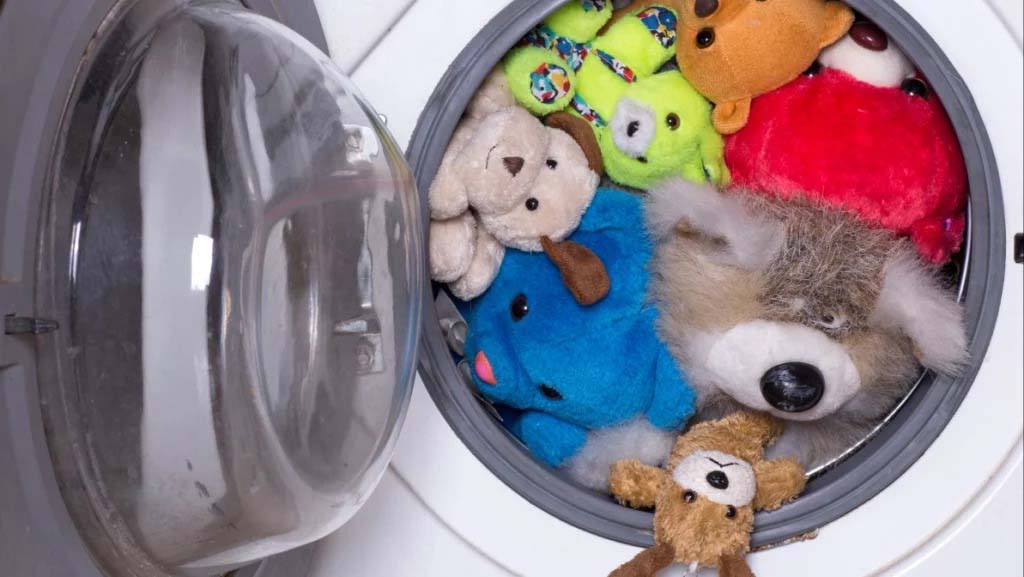Making a plush toy is a rewarding process. It combines creativity, craftsmanship, and attention to detail.
To make your own plush toy, you need to design your sketch, choose suitable fabrics and filling, create patterns, cut and sew the pieces, stuff and shape the toy, and finally decorate with details. Each step requires planning and focus to achieve safe, high-quality results.
Let’s go step by step and understand how plush toys are made.
1. Draw Your Design – Where Does the Process Start?

Every plush toy begins with a design sketch. The drawing defines shape, character, and proportions.
The design stage is about visualizing the toy’s appearance, size, and personality. A clear sketch helps guide pattern-making and production, ensuring the final toy matches your idea.
Designing can start with a simple hand sketch or a digital drawing. Buyers often work with artists to ensure proportions are suitable for sewing. Key details include head-to-body ratio, limb length, and safety considerations for features like ears or tails. A design that looks appealing on paper may need adjustments for production efficiency, so manufacturers usually provide feedback to balance creativity with practicality.
In commercial projects, designs also undergo safety reviews. For example, accessories like buttons may be removed in baby plush toys to avoid choking hazards. Designers must also consider color combinations and how fabrics behave under stitching.
| Design Element | Importance |
| Proportions | Defines balance and overall look |
| Features | Adds personality and uniqueness |
| Accessories | Must be safe and practical |
| Size Plan | Impacts cost, fabric use, and stuffing |
At Kinwin, we often help buyers refine sketches into factory-ready artwork. We also create 2D drafts and 3D views to confirm scale and symmetry. For buyers like Jessica in the USA, this early step avoids costly corrections later, ensuring the toy’s concept translates smoothly into production.
2. Choose Fabrics and Filling – Which Materials Work Best?

Material selection defines the toy’s softness, durability, and compliance with safety standards. Choosing wisely improves customer satisfaction and reduces risks.
The most common plush fabrics are velboa, minky, faux fur, and organic cotton. Fillings include polyester fiber, memory foam, pellets, and eco-friendly alternatives like RPET or corn fiber.
Fabrics should fit the toy’s function. Velboa is affordable and durable, perfect for large orders. Minky offers luxurious softness, preferred in baby lines. Faux fur gives lifelike textures for animal dolls. Organic cotton appeals to eco-conscious markets, particularly in Europe and North America.
Fillings affect both hand feel and cost. Polyester fiber is lightweight and standard. Memory foam adds structure and durability, while pellets provide weight and stability for sitting plush. Sustainable fillings like RPET (from recycled bottles) or corn fiber are increasingly demanded in markets focused on environmental responsibility.
Buyers also need to check certifications. Fabrics and fillings must pass EN71 or ASTM tests for flammability, chemical safety, and durability. Selecting the wrong material may lead to failed compliance tests and rejected shipments.
| Fabric Type | Benefit | Best Use Case |
| Velboa | Durable, cost-efficient | Mass-market plush toys |
| Minky Plush | Extra soft, baby-friendly | Premium baby plush |
| Faux Fur | Realistic textures | Animal dolls, collectibles |
| Organic Cotton | Natural and eco-safe | Eco plush, baby lines |
| Filling Type | Benefit | Best Use Case |
| Polyester Fiber | Soft, affordable | Standard plush toys |
| Memory Foam | Shape retention | Premium plush and cushions |
| Pellets/Beads | Added stability, weight | Sitting plush, mascots |
| RPET/Corn Fiber | Eco-friendly, sustainable | Eco-conscious plush collections |
At Kinwin, we provide buyers with swatches and test reports. This helps brands align materials with both price targets and customer expectations, whether for affordable promotions or premium eco-certified collections.
3. Make Patterns – How Do You Turn a Drawing into Templates?

Patterns are the technical bridge between creativity and production. They ensure the toy’s design can be sewn consistently.
Pattern-making translates sketches into precise templates for each body part. These templates control shape, proportions, and sewing accuracy.
A typical plush pattern includes separate panels for the head, body, arms, and legs. Each piece must include seam allowances and markers for sewing order. Even a small error can distort the final look, so precision is critical.
Modern factories often use CAD systems for pattern-making, ensuring uniformity across thousands of pieces. Smaller workshops may rely on experienced technicians who create patterns by hand. Both approaches work, but CAD files are better for large-scale export orders where repeatability is key.
Buyers also benefit from digital approval. Factories can share 3D mockups or prototype patterns before cutting fabric, giving clients confidence in proportions.
| Step | Purpose |
| Divide Sketch | Breaks toy into smaller parts |
| Add Allowances | Includes space for stitching |
| Mark Stitching | Guides sewing lines |
| Ensure Symmetry | Maintains toy balance |
At Kinwin, we combine CAD technology with manual expertise. This ensures flexibility in design and consistency in mass production. For buyers, accurate patterns mean reduced waste, better fabric efficiency, and toys that stay true to the original concept.
4. Cut and Sew – How Is the Plush Toy Body Formed?

Cutting and sewing give shape to the toy. This stage requires skill and quality control.
Fabrics are cut according to patterns, then sewn together to form the toy’s shell. Precise cutting and durable stitches ensure strength and neatness.
Cutting can be manual or machine-based. Manual cutting suits small orders, while automated cutters increase speed and reduce fabric waste for large volumes. Sewing joins the panels inside-out, and the toy is later flipped for stuffing.
Different stitching types are used: lockstitch for standard seams, zigzag for elasticity, and overlock for preventing fraying. High-stress areas like neck joints often use reinforced double stitching. Embroidery or appliqué details (like eyes, noses, or logos) are added before panels are joined.
Factories also integrate quality checks at this stage. Each shell is inspected for symmetry, secure seams, and accurate alignment of details.
| Step | Key Focus | Result |
| Cutting | Accuracy, minimal fabric waste | Balanced, efficient production |
| Sewing Panels | Strong stitching | Durable and neat seams |
| Adding Features | Embroidery, appliqué, logos | Improved design and branding |
| QC Check | No gaps, aligned seams | Higher quality assurance |
At Kinwin, we use advanced sewing machines alongside skilled workers, enabling both efficiency and precision. Buyers benefit from consistent quality across bulk orders, which reduces returns and strengthens brand reputation.
5. Stuff and Shape – How Do You Achieve Softness and Form?

Stuffing brings the plush toy to life. The right technique ensures comfort, durability, and safety.
Stuffing involves filling the toy evenly with fiber or other materials, shaping it for balance, and conducting quality checks to guarantee softness and safety.
Factories use pneumatic stuffing machines to fill toys quickly and evenly. Smaller parts, such as ears or tails, may be stuffed by hand for accuracy. Too much stuffing makes toys hard, while too little leaves them saggy. The goal is even distribution.
After stuffing, toys are shaped manually to achieve symmetry. Some toys include weighted pellets for sitting balance. Every batch goes through tests for firmness, resilience, and safety. Needle detectors ensure no broken metal remains inside—a key compliance requirement for exports.
| Stuffing Material | Benefit | Example Application |
| Polyester Fiber | Soft, lightweight | Standard plush toys |
| Memory Foam | Firm support | Cushions, premium plush |
| Pellets/Beads | Adds weight and stability | Sitting plush, mascots |
| Eco Fiber | Sustainable and safe | Eco-conscious toy collections |
At Kinwin, we adjust stuffing density based on market needs—firmer for display plush, softer for baby comforters. Our QC team conducts hand-feel checks and compression tests to ensure consistency. For buyers, this guarantees toys not only look right but also feel right in the hands of customers.
6. Decorate and Add Details – How Do You Finish the Toy?

Decoration is what makes each plush toy unique and market-ready. Small details build identity and increase value.
Final decoration involves embroidery, clothing, accessories, or logos. These features personalize the toy and create stronger appeal in retail and promotional markets.
For baby plush, embroidery is the safest option for eyes and noses. For collectibles, plastic safety eyes may be used with secure locking. Outfits, hats, or props can be tailored to fit seasonal themes or brand requirements.
Logos are often embroidered or printed onto the toy, turning it into a promotional item. Buyers targeting retail also use high-quality packaging such as FSC-certified boxes, vacuum-sealed bags, or custom gift boxes. Packaging doesn’t just protect the toy—it enhances brand perception and adds value.
| Decoration Type | Use Case | Benefit |
| Embroidery | Baby and safe plush | Durable and child-friendly |
| Plastic Eyes | Collector plush | Realistic and expressive |
| Clothing & Props | Seasonal or themed collections | Storytelling and variety |
| Logo Embroidery | Promotional plush | Branding and identity |
At Kinwin, we combine decoration with packaging solutions. For example, a client producing promotional plush for a global brand used embroidered logos and FSC boxes, which elevated the toy from a simple giveaway to a high-value corporate gift. Buyers benefit from such added value, as it supports stronger marketing impact.
Making a plush toy involves design, materials, patterns, sewing, stuffing, and decoration. Each stage builds safety, quality, and market value.
If you are ready to create custom plush toys with certified safety and professional finishing, contact Kinwin at [[email protected]] or visit https://kinwintoys.com/. With 17 years of factory experience, we support global buyers from concept to delivery, helping you launch plush toys that meet international standards and delight customers.


